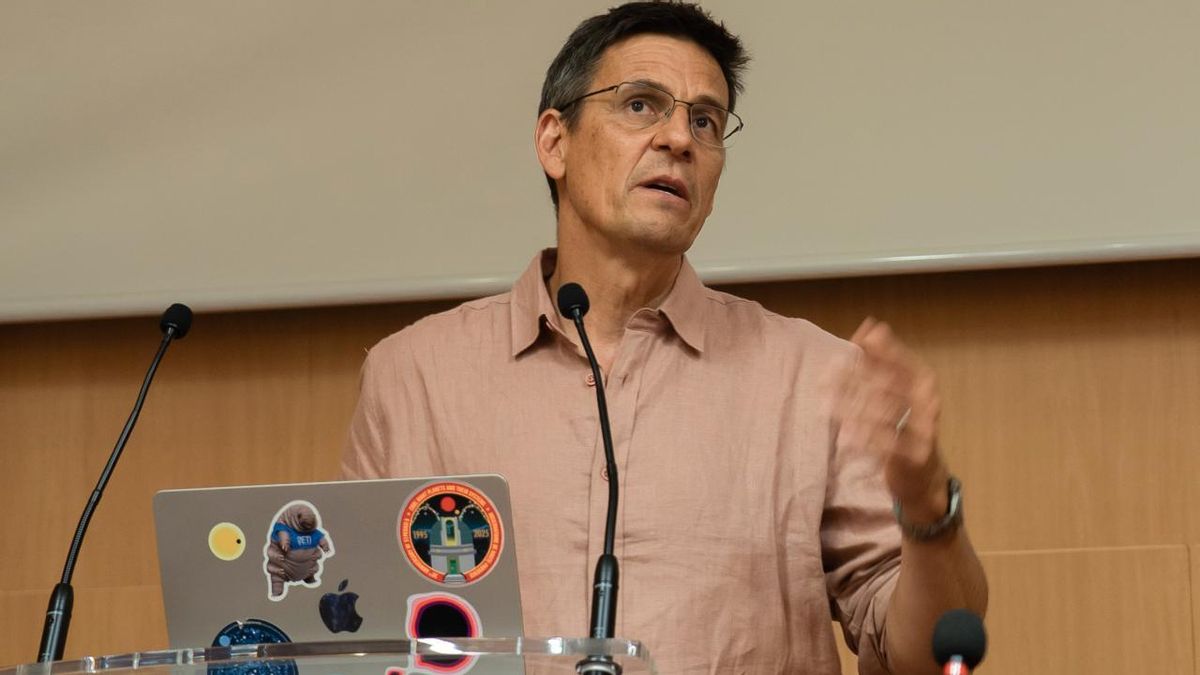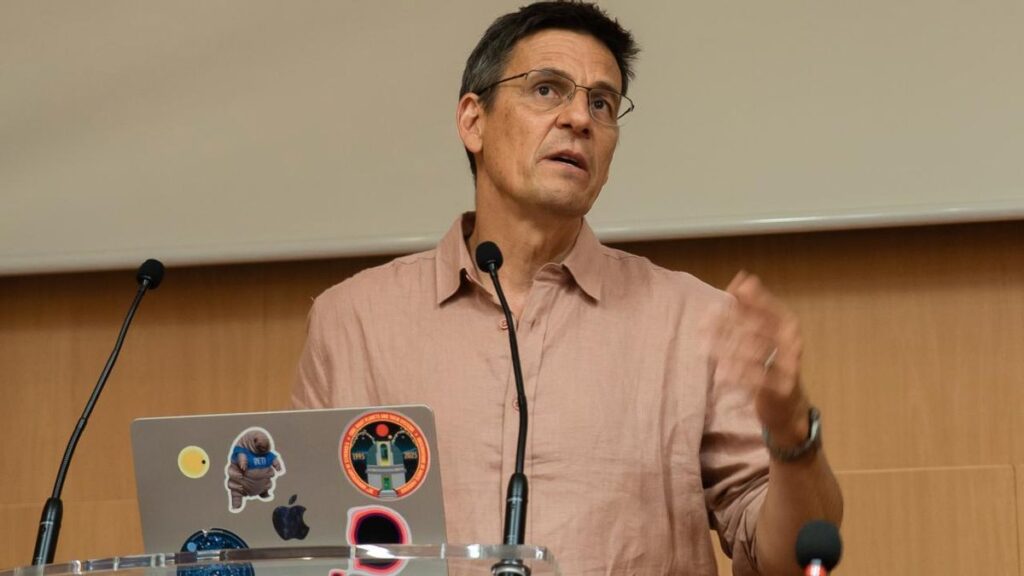Nobel Laureate Visits Canary Islands to Advance the Search for New Worlds
The Canary Islands Astrophysics Institute (IAC) recently hosted a distinguished visit from Professor Didier Queloz, Nobel Prize winner in Physics and co-discoverer of the first exoplanet orbiting a Sun-like star. The professor’s stay was centred on instrumental development and technological collaboration, marking a significant step forward for the archipelago’s world-class astronomical facilities.
Installing the Future of Planet Hunting
Professor Queloz’s primary mission was to oversee the installation of a new, highly stable spectrograph on the Isaac Newton Telescope (INT) at the Roque de los Muchachos Observatory, located high in the mountains of Garafía on La Palma. This sophisticated equipment is a key part of the Terra Hunting Experiment (THE) project, which aims to detect and characterize Earth-like planets around solar-type stars.
The Discovery That Changed Astronomy
Didier Queloz, who received the Nobel Prize in Physics in 2019 alongside Michel Mayor, is renowned for the 1995 discovery of 51 Pegasi b. This was the first planet ever detected outside our solar system orbiting a Sun-like star. The finding, made using the radial velocity technique and a precision spectrograph he developed during his PhD, inaugurated a new era in modern astronomy: the science of exoplanets. Since that landmark discovery, over 6,000 new worlds have been identified, radically transforming our understanding of the cosmos and Earth’s place within it.
A “Generous Universe” and the Next Frontier
During a presentation titled ‘Exoplanets: The Next Frontier,’ the scientist shared key insights. Queloz began by highlighting the astonishing planetary diversity found, describing a “generous universe” that has presented an array of worlds far beyond what was previously imagined. He explained that this variety doesn’t mean Earth is unique, but rather that there are multiple possible pathways for planetary formation.
The Nobel laureate also stressed the limitations of current detection methods—like transits and radial velocities—and the urgent need to advance towards direct imaging and atmospheric analysis. “We have to move to direct imaging; there is no other way,” he insisted, noting that the future of planetary astrophysics will depend on advanced optical instrumentation and next-generation telescopes.
The Search for Life Beyond Earth
Finally, Queloz championed the idea that life could be a natural consequence of the universe, provided planetary conditions remain favourable for a long enough period. “The search for life is no longer just astronomy; it is also geophysics and chemistry,” he noted. He concluded his talk with an inspiring vision: “One day we will take a direct image of another planet like Earth, and it will be a historic moment for humanity.”
Forging a Path with Advanced Technology
During his visit, Queloz held a working meeting with the IAC’s Laboratory for Innovation in Opto-Mechanics (LIOM) to discuss potential synergies in advanced instrumentation. Key areas of collaboration included adaptive optics, nulling interferometry, photonics, and artificial intelligence for telescope control.
This meeting coincided with preparations for the arrival of the prototype for the Small ELF telescope, a 3.5-metre instrument developed by LIOM to test technologies that will, in the future, enable the direct observation of exoplanet atmospheres and the search for biomarkers. In his interactions with the technical team, Professor Queloz showed a keen interest in the challenges of instrumentation, asking pertinent questions about telescope mirror alignment. He referred to the SELF/ELF project as a “great scientific adventure” and extended his best wishes for success to the development team.
Answering Humanity’s Deepest Question
The visit of Didier Queloz reinforces the IAC’s commitment to frontier science, international collaboration, and the development of cutting-edge optical technologies. These efforts bring humanity closer to answering one of its most profound questions: are we alone in the universe?


